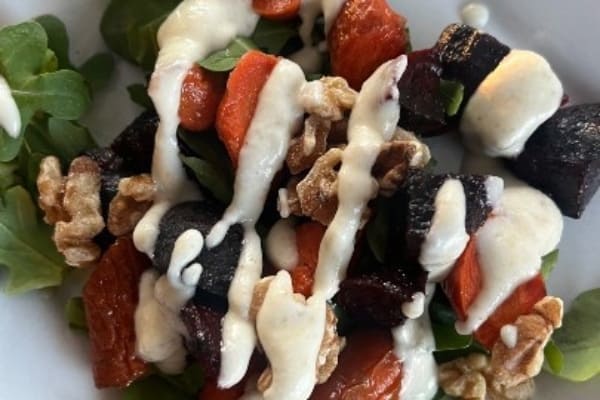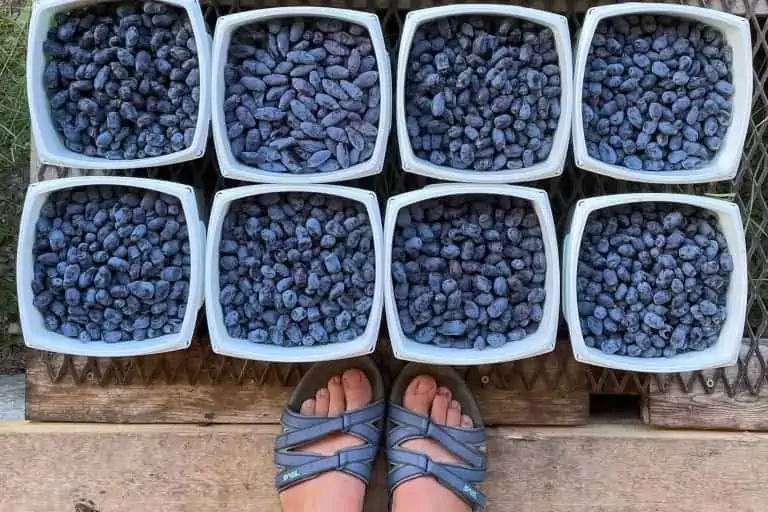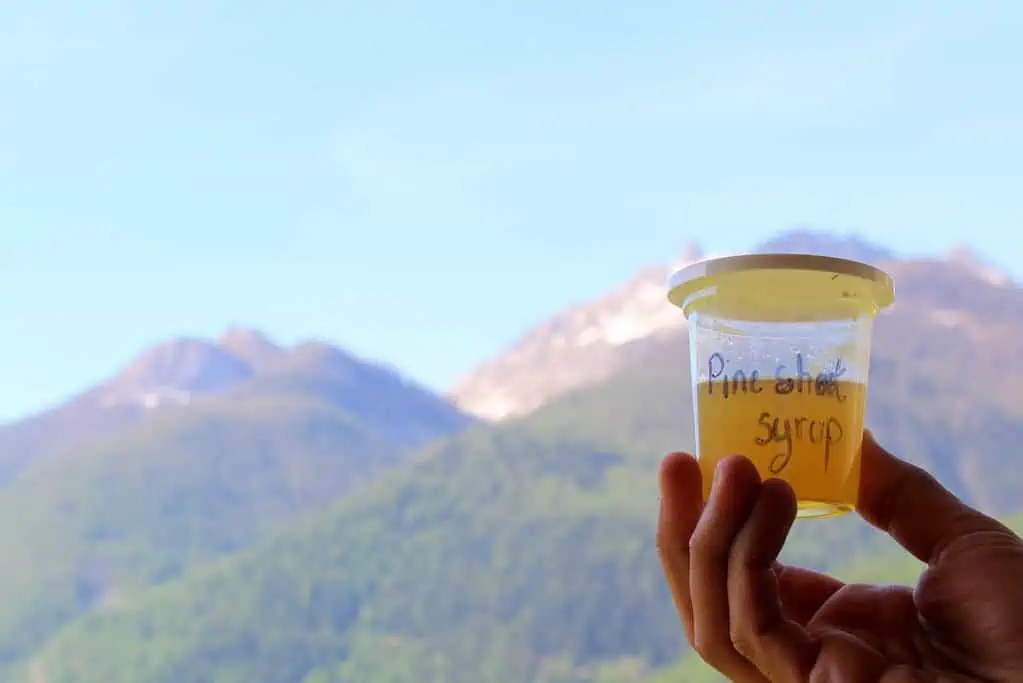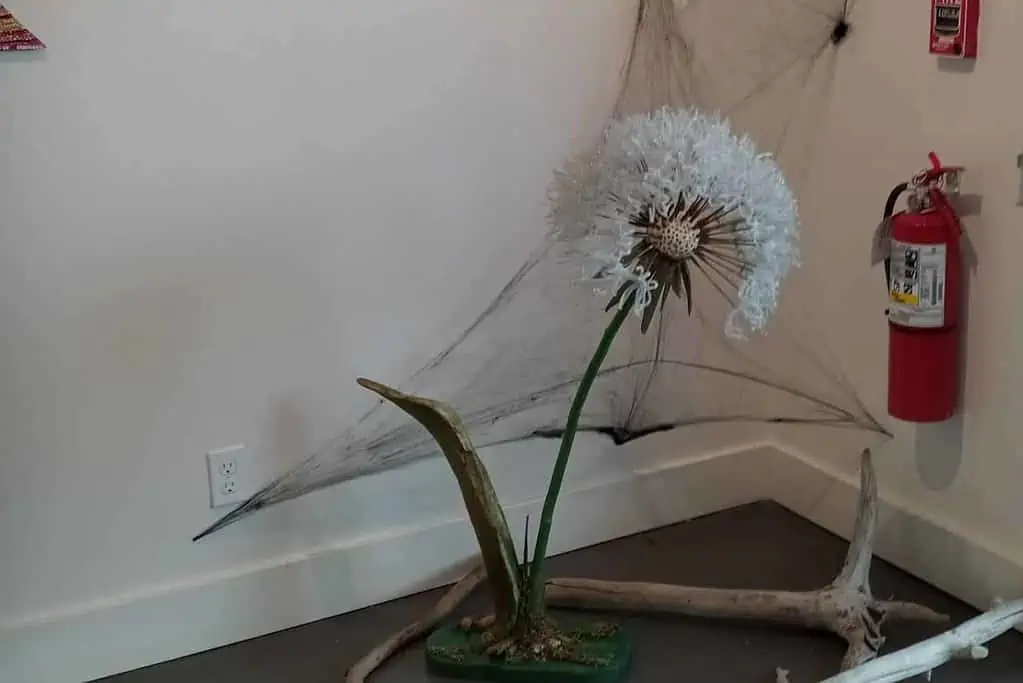Ah the glory days of a Northern summer!It’s the few short weeks when I take the covers off of the garden beds (always ready to run out at night should the temperature dip), and the days when the lakes are swimmable (not just dip-able). It’s the season of outdoor festivals, hiking and camping trips, and forgetting you own a headlamp — when family visits from outside, drawn by the promise of ‘not too cold, not too buggy’.It really is a wonderful time, all the more sweet for its short duration. And if you’re like me, there is the inevitable sense of wanting to be in at least two places at once. I’m always trying to find that balance between thoroughly exploring my big Yukon Home, and taking to time to enjoy being at home too —my small home.Foraging is one activity that bridges these concepts of home.In contrast to gardening, foraging has the advantage of being mobile — it’s something you can practice wherever you are, and can sustain your adventures to boot. Gathering wild food that will last through the winter also entails tasks to be completed back at the ranch — drying, fermenting, canning, freezing —ensuring I return home once my baskets are full.The pull-and-push between agriculture and hunting/gathering is nothing new. Our dominant system of agriculture has been under development for over ten millenia, yet even industrial farming relies on the variation found in the wild for traits that respond to new challenges.Well before the agriculture we know of, indigenous peoples all over the world were transforming their landscapes with fire and selective harvesting in a kind of eco-agriculture that may well be the model we turn to for a more sustainable food future.So there isn’t a solid line between wild and cultivated, and I enjoy moving across the spectrum. On some occasions I bring home an entire plant, bringing foraging closer to the hearth — it is a bit like gardening isn’t it?Rooting around in the bush, the big Home, for my food feels comfortingly animal. Digging in the dirt at my small home feels comfortingly human.Either way, it feels like I’m in good company.
The Wild Garden: I always love a good paradox. Here are a few wild plants I have seen successfully transplanted to the garden. As with all wild harvesting, please be humble and take only a small portion of what you find; for shrubs, take cuttings. That way no matter what happens at our small homes, we can rely on our big Home for replenishment.*Stinging nettle*Wild Sage*Wild Raspberry*Saskatoon Berry*Juniper*Red Currant




